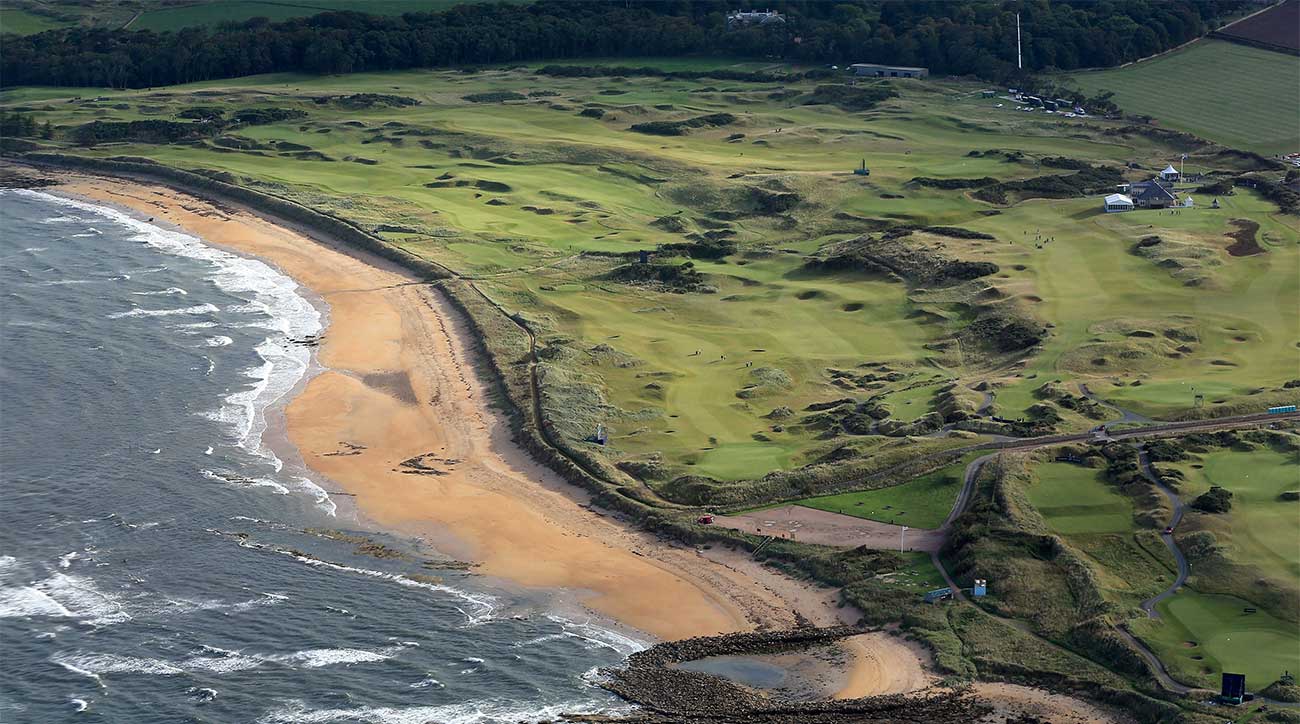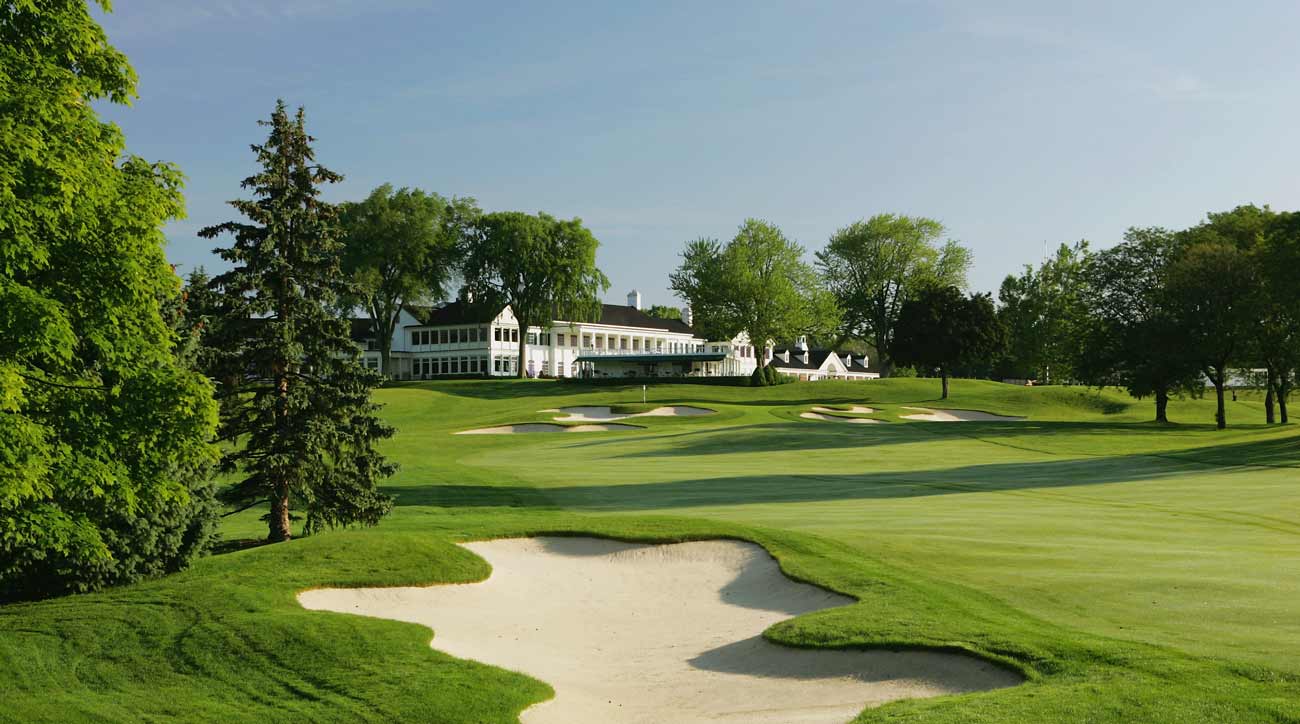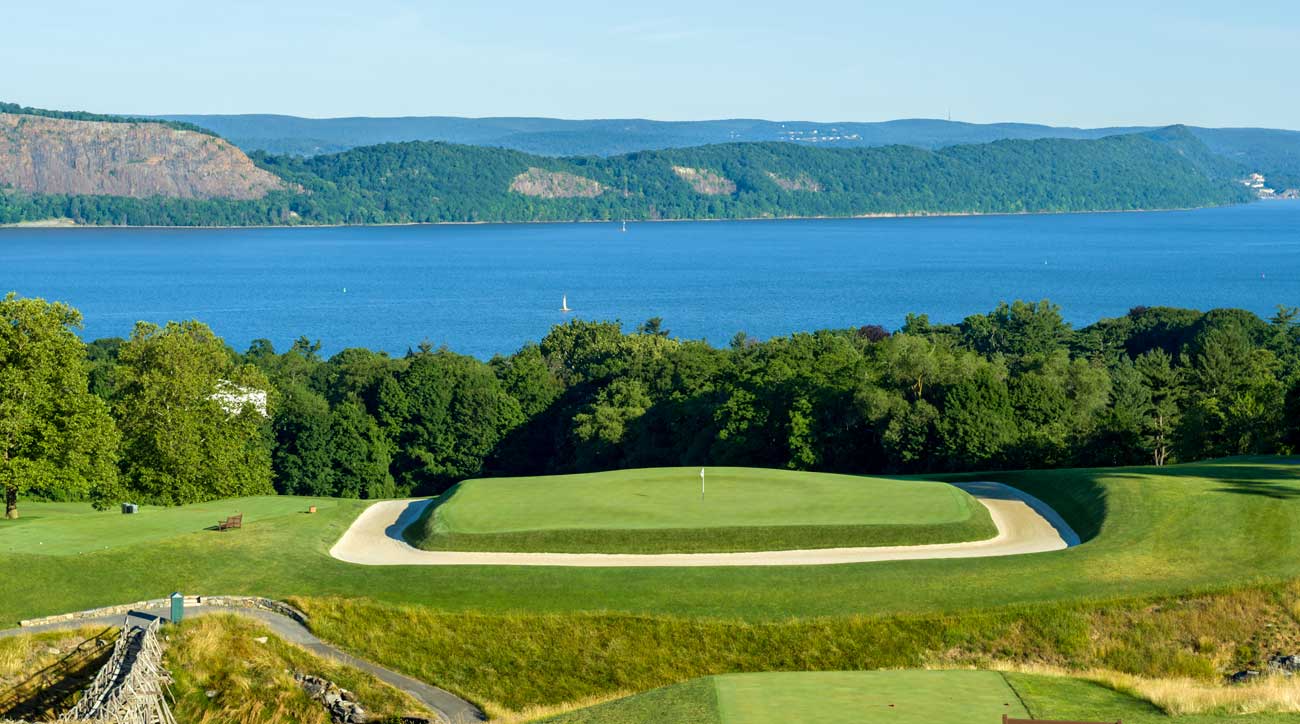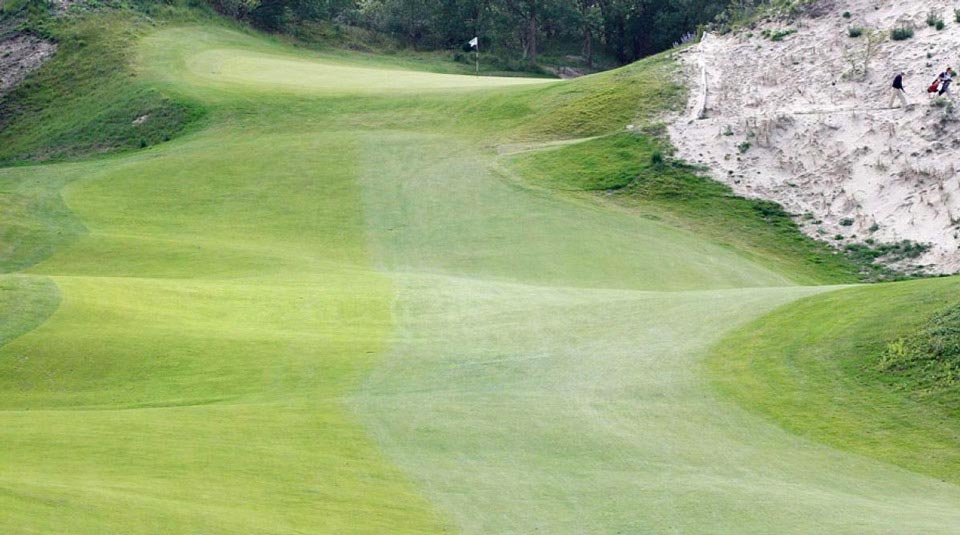Top 100 Courses in the World: GOLF’s 2020-21 ranking of the best golf courses on the planet


St. Andrews, Scotland Kyle Phillips, 1999
This 1999 Kyle Phillips design 15 miles from the Old Course has earned the respect of links fans, who can be a tough bunch as they generally travel to the United Kingdom to play courses that are 100-plus years old. There is much to admire here, including the 606-yard, par-5 12th, which arcs around the bay and the 212-yard, par-3 15th that demands a carry over the sea. Others might relish the shelf green at the 9th that poses similar intriguing questions as the 12th at the Old Course. Kudos to Kyle Phillips as the seamless melding of flat farmland and Old World links contours is quite the design accomplishment. (Down 7)

Bloomfield Hills, MI Donald Ross, 1917/Robert Trent Jones Sr., 1950
Ben Hogan called this course a “monster,” a moniker the club fed off for decades. Today’s membership has asked Gil Hanse to return more of Ross’s playing angles to the course by reducing the number of pinched fairways. With greens this good headlined by the rolling “sea waves” in the 1st green, this was always one of Ross’s most sophisticated designs. It soon will be again. (Down 21)

Sunningdale, England H.S. Colt, 1922
H.S. Colt's 97-year-old companion to its charming elder, the Old, stands on its own merits. In fact, some people prefer the more muscular New Course to the Old. Heathland golf around London is famous for all sorts of reasons but the strength of its par-5s isn’t one of them. Two of the New’s par-5s — the 6th and 13th — are exceptions and anchor each nine. (Up 7)

Scarsdale, NY A.W. Tillinghast, 1926
This quiet club across the street from Winged Foot counts Jack Nicklaus and Pete Dye as admirers. Its outstanding cluster of gently rolling par-4s, notably the 6th, 7th and 11th with creeks that punish imprudent tactics, provided a terrific canvas for amateurs such as Justin Rose and Jason Gore in the 1997 Walker Cup. Dating to 1916, the course was made over by A.W. Tillinghast in 1926. (Up 4)

Prestwick, Scotland Old Tom Morris, 1851/1883
Prestwick has always had critics, but atmosphere, ambience and renewed appreciation of its historical features have finally nudged the course into the ranks of the elite. Its opener is one of the most distinctive in golf, with a stone wall and railway flush along the right side. Equal parts weird and wonderful, this host to 24 Open Championships (including the first 12) features a perfect combination of quirk and muscle. (Up 26)

Scarborough, NY C.B. Macdonald/Seth Raynor, 1913/AW Tillinghast, 1929/Gil Hanse, 2017
This Westchester County course has always enjoyed a spectacular component to it, courtesy of breathtaking views of the Hudson River. What it never enjoyed was playing interest 50 yards and in to its greens. That changed in 2016 when Hanse embarked on a two-year project to imbue the greens with a C.B. Macdonald flair that, well, even Macdonald would appreciate. (New)

Hunter Valley, Australia Greg Norman/Bob Harrison, 2001
Greg Norman has never been shy about professing his admiration for Alister MacKenzie. At ultra-exclusive Ellerston, he and design partner Bob Harrison adapted MacKenzie strategies and bunker stylings on a rugged landscape, resulting in the one of the strongest, most option-laden tests in the Southern Hemisphere. Forced carries over ravines, greens set along ridge-tops and the influence of Pages Creek add to the challenge. (Down 15)

Wassenaar, The Netherlands C.H. Alison/J.S.F. Morrison 1938
Better known to English speakers as The Hague, The Netherlands' highest-ranking course is a Morrison and Alison collaboration that plays across chaotically heaving fairways amid substantial dunes that set the tone for a remarkable — and taxing — lay-of-the-land journey. (Up 4)

Daly City, CA Sam Whiting, 1924
Laid out on the side of a hill overlooking Lake Merced, its fairways hemmed in by thousands of cypress and eucalyptus trees, its greens and landing areas bracketed by wrist-fracturing rough, Olympic has proved to be an imposing test for five U.S. Opens. On fog-free days, the 247-yard, par-3 3rd enjoys stellar views of the Golden Gate Bridge. One design distinction is its reverse camber fairways, as exhibited at the 4th, where the hole doglegs right to left but the fairway tilts left to right. The ability to shape tee balls to hold these canted fairways served Lee Janzen well when he won the U.S. Open here in 1998. (Down 12)

Bandon, OR David McLay Kidd, 1999
Bandon's original course is a David McLay Kidd design draped atop craggy headlands above the Pacific. Ocean views stun the senses, along with bluff-top sand dunes sprinkled with Scotch broom and gorse bushes, coastal pines, crashing surf, wind-whipped tall native grasses and stacked sod bunkers. (Down 15)
